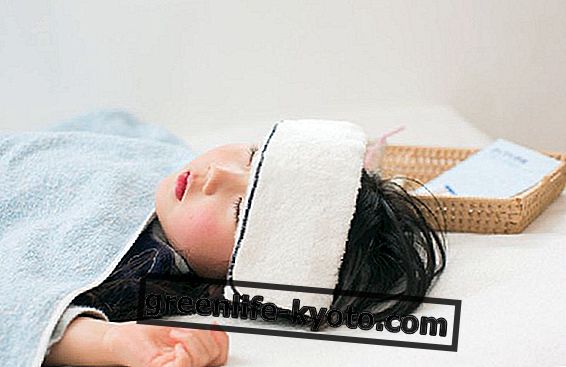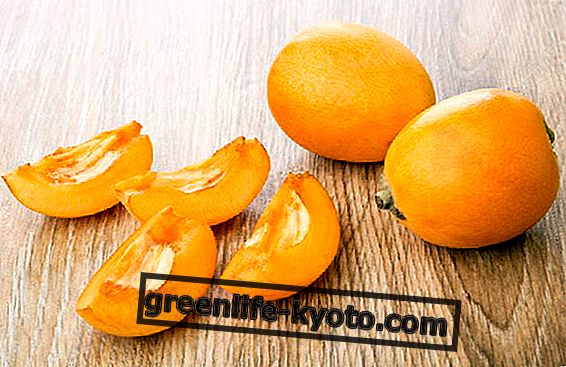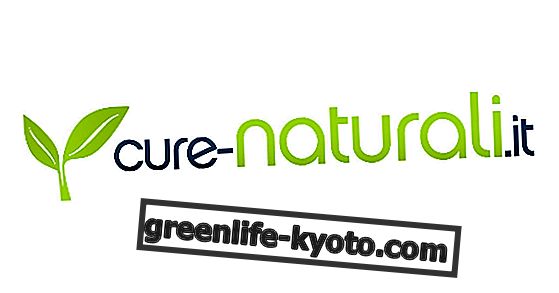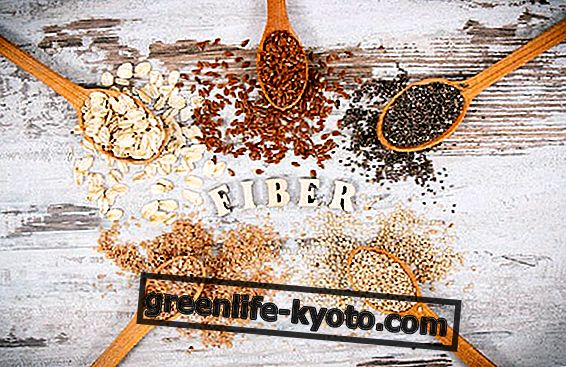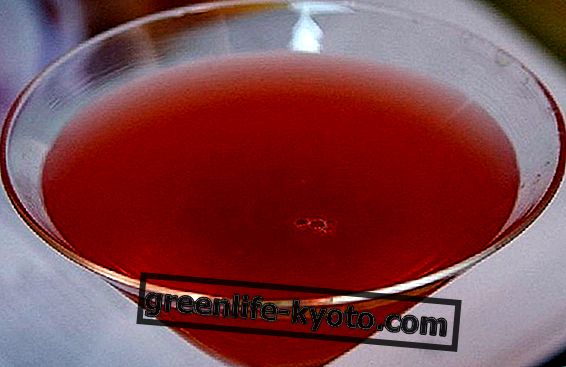
Rice starch is a very fine and white powder obtained from the transformation of rice grains.
It is an ingredient readily available in herbal medicine and in supermarkets in powdered or flaked versions and thanks to its anti-inflammatory and deodorant properties it is used in cosmetics, as a natural remedy for beauty.
It is important to read the label of the product before proceeding with the purchase and check that it contains Oryza sativa as the only ingredient and that it is not then added with perfumes or other components. Let's see the main uses in cosmetics.
For bathing babies and adults
The bathroom is certainly the most common use of rice starch; thanks to its soothing and refreshing properties, in fact, rice starch allows a delicate cleansing in respect of the natural defenses of the skin.
Rice starch is easily soluble in hot water and is used by dissolving two tablespoons of starch in the baby's tray, or a dozen tablespoons for the bathtub .
The rice starch bath is also useful in case of sunburn, sunburn and in case of itching due to hives, psoriasis and other dermatitis.
For intimate hygiene
In addition to bathing, rice starch can be used for intimate hygiene, especially to soothe irritation, itching and redness due to laundry or inflammation.
In these cases, add four drops of tea tree essential oil to a tablespoon of starch, stir and dissolve everything with 250 milliliters of water: used to make external lavages of intimate areas morning and evening .
Soothing post hair removal
Pour four or five tablespoons of rice starch into a bowl, add two drops of lavender essential oil and add water to obtain a thick and homogeneous cream.
Apply the cream on the areas to be treated and leave for ten minutes, then rinse with warm water. With this remedy, thanks to the soothing and refreshing properties of rice starch, you will avoid redness due to depilatory waxing or razor .
For facial cleansing
Rice starch is also used to cleanse all types of skin, from dry to oily and impure ones.
Face cleansing with rice starch can be done every day. Add a drop of lavender essential oil to a tablespoon of powdered rice starch and stir. Add a little water, just enough to obtain a thick cream. Gently massage into the skin of the face and rinse.
In case of oily and impure skin, for a deeper cleaning a couple of times a week you can leave the cream on for five minutes and rinse with warm water before it has dried completely; in this way you will gently absorb excess sebum and calm any redness and inflammation.
In place of powder and talc
Rice starch can replace face powder for those with fair skin. Place some pure rice starch powder in a jar with a lid. At the time of use, dust it on the face with a make-up brush; applied after the foundation will be transparent and absorb excess sebum avoiding the glossy effect.
To use it instead of talc, add five tablespoons of your favorite essential oil to a dozen tablespoons of powdered rice starch. Place in a tightly closed jar and use the talcum powder after bathing or showering; in summer it will help you absorb sweat .
To eliminate bad smells
Rice starch can be used to remove odors from shoes and feet . Add two drops of mint essential oil to a tablespoon of powdered rice starch: sprinkle inside the shoes and on clean feet.
In the case of shoes, leave for one night and in the morning remove the dust before wearing them.

